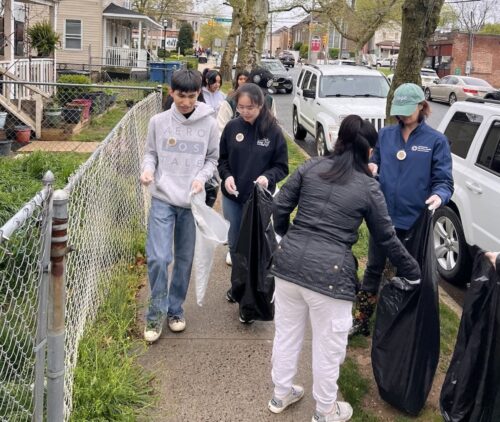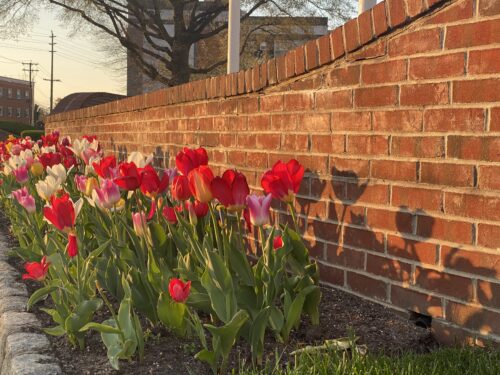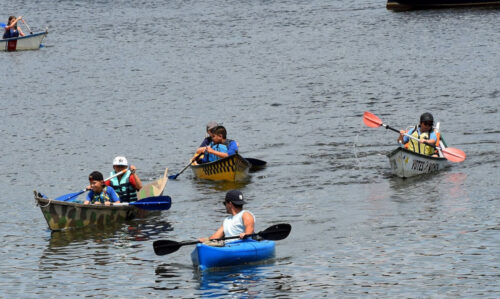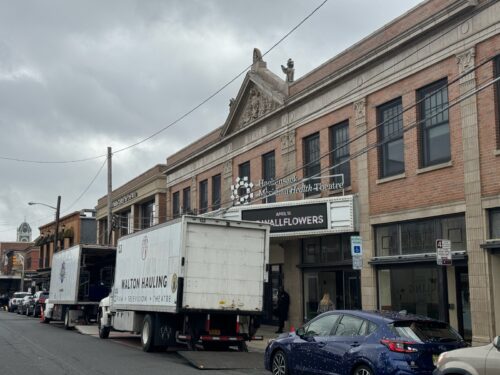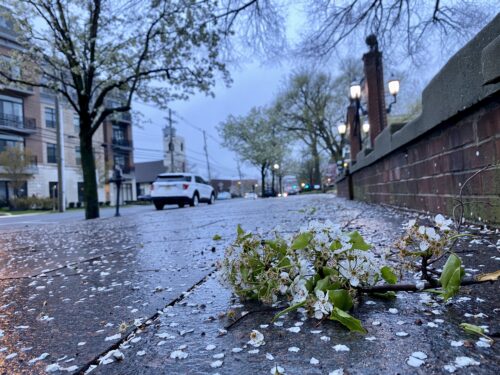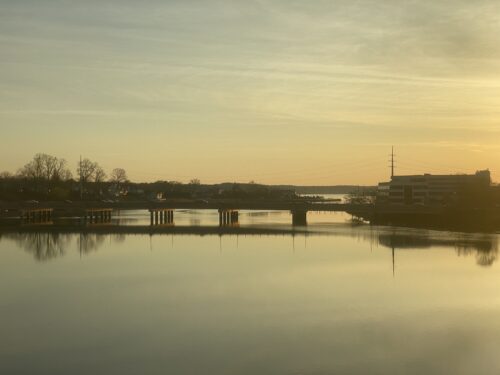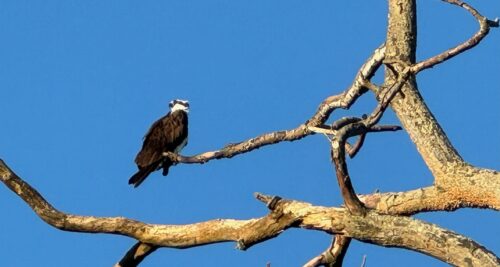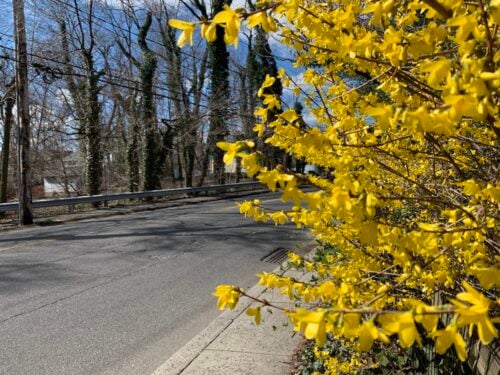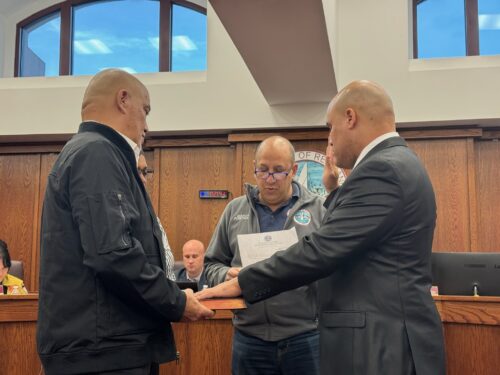Today’s Star-Ledger takes a look at the efforts of NewYork/New Jersey Baykeeper Andy Willner to restore oyster beds in the New York region, including in the Navesink and Shrewsbury Rivers.
The article offers some historical perspective on the economic importance of oysters, and the roles of overharvesting and pollution in killing giant oyster beds by 1920.
Then reporter Tom Hester turns to the Baykeeper’s efforts. They’re being funded in part by a $1 million settlement with Chevron over a 10,000-gallon crude oil spill off Perth Amboy.
The effort entails dropping “millions of dime-size young oysters attached to clean clam shells into the Navesink River at Red Bank, the Raritan Bay near Keyport, and off Liberty Island in the Upper Bay.”
While water currents stymied early efforts off Keyport and Liberty Island, Willner and crew are having success growing oysters on a manmade reef they are creating on the Navesink, in the shadow of the Route 35 bridge at Red Bank.
The article explains how the oysters are cultivated:
On the Highlands waterfront, Meredith Comi of Matawan, a former Watchung High School science teacher with a degree in biology, oversees three 400-gallon tanks where oyster larvae — 1.5 million equal the size of a golf ball — are nurtured.
The larvae attach themselves to clam-shell halves and are grown into young oysters the size of a small fingernail. After a week, oysters and shells are transferred to partially sunken floats and net bags where they spend up to three months in the hope they will grow stronger.
The Baykeeper has more than 400 volunteers, including school and youth groups that monitor netted bags containing at least 1,000 growing oysters at 70 sites around the estuary.
In September, Comi will oversee the dumping of up to a million young oysters in the Navesink with the hope the oysters will begin to reproduce on their own.
“If 50,000 survive, we actually consider that successful,” she said.
While the long-term aim, according to the Baykeeper’s website, is to bring back fresh local oysters to restaurant tables…
Willner said the work will not mean the return of commercial trolling for oysters, saying the bays and rivers are still too polluted. He wants to bring the oysters back to help purify the water.
As it feeds, a single adult oyster can filter up to 50 gallons of water per day, removing suspended sentiments and micro-algae, an action that can improve water quality and improve conditions for underwater vegetation, Willner said.
“Oysters are a keystone species, they hold the whole ecosystem together,” Willner said. “Sponges, soft coral, worms, tiny crabs, juvenile fish, they all take advantage of the reefs.”




